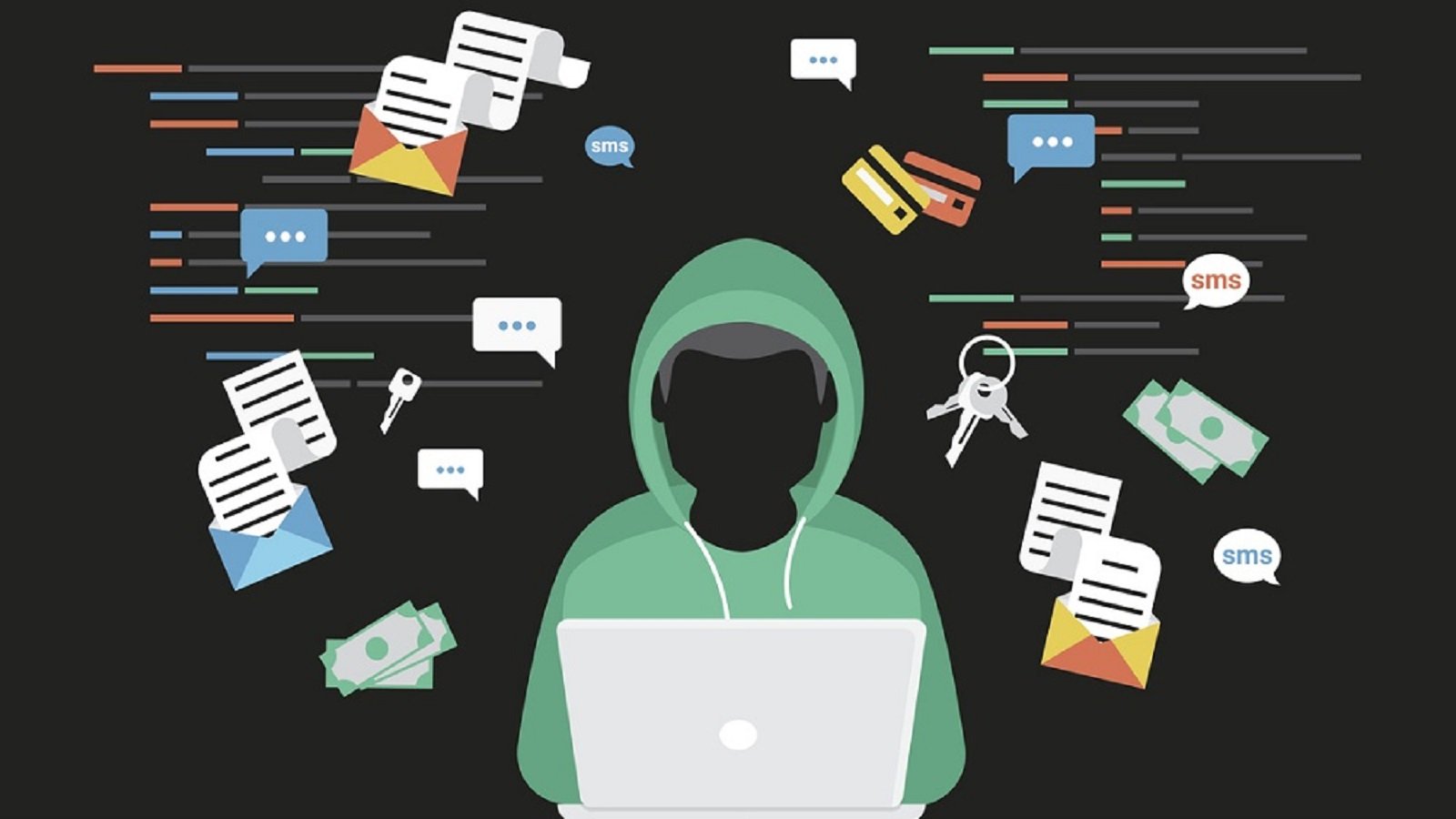 Blog's Page
Blog's Page

In An Increasingly Connected World, Information Security Isn’t Just A Concern For Tech Giants Or Government Agencies—it’s A Necessity For Everyone. Whether You're A Business Owner, Casual Internet User, Or Part Of A Global Organization, Understanding The Threats Lurking In Cyberspace Is The First Step Toward Staying Safe.
Let’s Dive Into The Most Prevalent Threats To Information Security, Why They Matter, And How You Can Defend Against Them.
Definition: Malware (malicious Software) Refers To Any Program Designed To Infiltrate, Damage, Or Gain Unauthorized Access To Computer Systems.
Types:
Viruses: Self-replicating Code That Attaches To Programs And Spreads.
Worms: Autonomous Malware That Spreads Across Networks.
Trojans: Malicious Software Disguised As Legitimate Applications.
Ransomware: Encrypts Data And Demands Payment For Its Release.
Spyware: Monitors User Activity And Collects Sensitive Info.
Prevention Tips:
Use Reputable Antivirus And Anti-malware Software.
Avoid Downloading Files From Suspicious Sources.
Keep Software And Systems Regularly Updated.
Definition: Phishing Is A Type Of Social Engineering Where Attackers Trick Users Into Revealing Personal Information, Often Through Fake Emails Or Websites.
Variants:
Spear Phishing: Targets A Specific Individual With Customized Bait.
Whaling: Aimed At High-profile Targets (executives, Officials).
Smishing And Vishing: Delivered Via SMS Or Voice Calls.
Red Flags:
Urgent Language (e.g., “Act Now!” Or “Account Suspended”).
Unfamiliar Sender Addresses.
Misspelled URLs Or Misleading Domain Names.
How To Stay Safe:
Verify Sources Before Clicking Links.
Don’t Share Sensitive Data Over Email Or Messages.
Enable Multi-factor Authentication On Accounts.
Definition: Insider Threats Come From Individuals Within An Organization—employees, Contractors, Or Business Associates—who Misuse Their Access For Malicious Purposes.
Motives Can Include:
Revenge Or Resentment.
Financial Gain.
Accidental Negligence.
Defensive Measures:
Limit Access To Sensitive Information Based On Roles.
Monitor User Activity With Auditing Tools.
Cultivate A Culture Of Security Awareness.
Definition: A DoS Attack Floods A Server With Traffic To Exhaust Its Resources And Cause Downtime. DDoS Uses Multiple Devices (often Infected Bots) To Amplify The Attack.
Impact:
Website Outages.
Business Disruption.
Reputation Damage.
Prevention Tools:
Use Firewalls And Intrusion Detection Systems.
Deploy Cloud-based DDoS Mitigation Services.
Monitor Traffic For Anomalies.
Definition: Attackers Steal Login Credentials To Gain Unauthorized Access To Systems Or Accounts.
Methods:
Brute Force Attacks (guessing Passwords).
Keyloggers (recording Keystrokes).
Database Breaches And Leaks.
Safeguards:
Use Strong, Unique Passwords.
Implement Password Expiration Policies.
Use Biometrics Or Passwordless Authentication Methods.
Definition: Social Engineering Manipulates People Into Giving Up Confidential Information Or Performing Unsafe Actions.
Common Tactics:
Impersonation Of Colleagues Or Authority Figures.
“Tailgating” Into Restricted Physical Spaces.
Pretexting (creating False Scenarios To Extract Info).
Defense Strategy:
Train Employees On Security Protocols.
Verify Identities Before Granting Access.
Create A Culture Of Skepticism—not Paranoia.
Definition: Unauthorized Exposure Or Access To Sensitive Data Due To Misconfigurations, Weak Security, Or Targeted Attacks.
Consequences:
Identity Theft.
Financial Losses.
Legal And Compliance Repercussions.
Preventive Steps:
Encrypt Sensitive Data.
Regularly Audit Access Controls.
Patch Known Vulnerabilities Promptly.
Definition: Zero-day Exploits Take Advantage Of Software Vulnerabilities That Are Not Yet Known To Developers Or The Public.
Why They’re Dangerous:
No Patch Is Available.
Often Used In High-impact Targeted Attacks.
Difficult To Detect.
Defense Approaches:
Use Behavior-based Threat Detection.
Maintain Updated Endpoint Protection Systems.
Follow Cybersecurity News For Emerging Threats.
Definition: In A MITM Attack, The Hacker Intercepts Communication Between Two Parties, Often Without Their Knowledge.
Risks:
Stealing Login Credentials.
Monitoring Financial Transactions.
Injecting Malicious Code.
Solutions:
Always Use Encrypted Connections (HTTPS).
Avoid Public Wi-Fi For Sensitive Tasks.
Deploy VPNs When Necessary.
Definition: Poor System Settings Or Overlooked Configurations Can Leave Doors Wide Open For Attackers.
Examples:
Open Ports.
Default Passwords.
Unpatched Software.
How To Fix It:
Conduct Routine Security Audits.
Harden Systems Based On Best Practices.
Implement Automatic Alerts For Misconfigurations.
As Technology Evolves, So Do Cyber Threats. Some Rising Challenges Include:
AI-powered Attacks: Using Machine Learning To Improve Phishing Or Crack Passwords.
Supply Chain Attacks: Targeting Vendors To Breach Connected Systems.
Cloud Vulnerabilities: Misconfigured Storage Buckets And Weak Access Controls.
Staying Updated Is Key—consider Subscribing To Threat Intelligence Feeds And Cybersecurity News Platforms.
The Digital Realm Is Full Of Opportunities, But Also Riddled With Risks. While No System Is 100% Immune, Awareness Is Your First Line Of Defense. By Understanding Common Threats, You Can Build A Strategy That Reduces Risk, Protects Your Data, And Keeps Your Systems Running Safely.
From Malware To Social Engineering, Every Threat Is An Invitation To Take Your Security Seriously. So Train Your Team, Audit Your Systems, And Invest In Defense—because In The World Of Cybersecurity, Being Proactive Always Pays Off.
Threats To Information Security, Information Security